10 Most Iconic Boozy Energy Drinks of the 2000s
The 2000s were a mix of pop punk, flip phones, and drinks that gave you wings—and maybe a few bad decisions. While energy drinks like Red Bull and Monster exploded onto the scene, some beverage companies thought, “Why not throw alcohol into the mix?” Here are 15 of the most memorable boozy energy drinks from that wild, wired decade.
Four Loko

Credit: Wikimedia Commons
Launched in 2005, Four Loko hit its stride in 2008 when it doubled its can size and ABV. It packed up to 12% ABV with caffeine, guarana, and taurine. College students swarmed it for a cheap night out in one can. The FDA banned its original formula in 2010. Today’s version skips the stimulants but keeps the alcohol.
Sparks
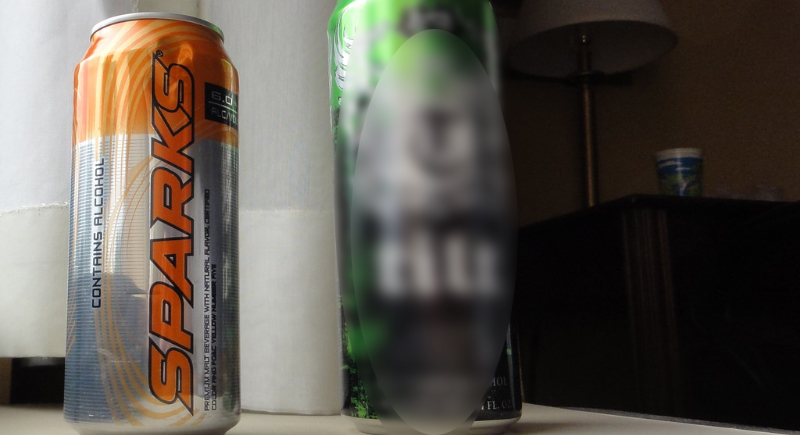
Credit: flickr
Before Four Loko made waves, Sparks did the groundwork. It debuted in 2002 and was loved for its citrus-flavored malt taste that had caffeine, taurine, and ginseng, wrapped in a can styled like a battery. It stood out with its orange color and mild 6% ABV. After lawsuits and legal pressure, MillerCoors removed the caffeine in 2008. Sparks limped along for years before finally being discontinued in 2021.
Tilt
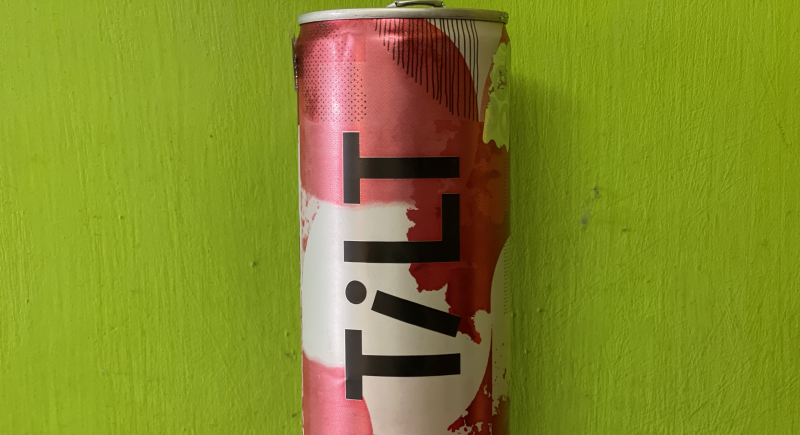
Credit: Wikimedia Commons
Anheuser-Busch tried to corner the “pre-game” market with Tilt in 2005. It offered flavors like raspberry and fruit punch, with ABVs ranging from 4% to 12% depending on location. The formula included ginseng, guarana, and caffeine. The brand never found its footing amid regulatory pressure, and despite a reformulation effort, Tilt was ultimately discontinued in the 2010s.
Joose
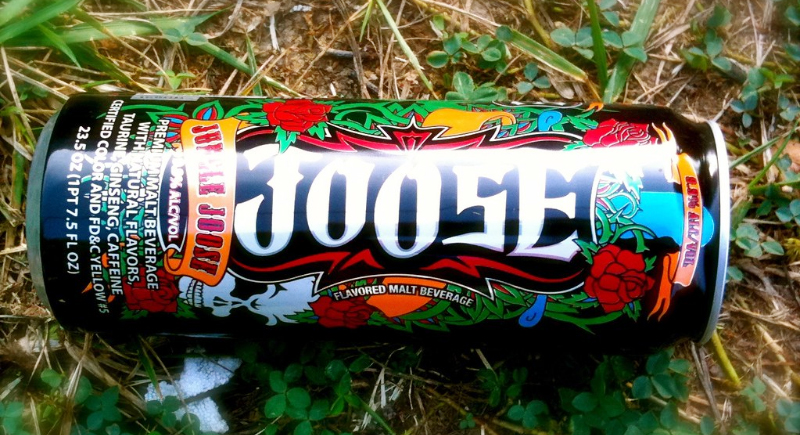
Credit: flickr
United Brands dropped Joose in 2006 as a budget-friendly, high-ABV alternative to Four Loko. It came in oversized cans and too many flavors to count—over 15, to be exact. Some versions hit 14% ABV, which blurred the line between beer and regret. After the FDA crackdown in 2010, Joose removed the caffeine and kept rolling, though its heyday had passed.
Bud Extra (B to the E)
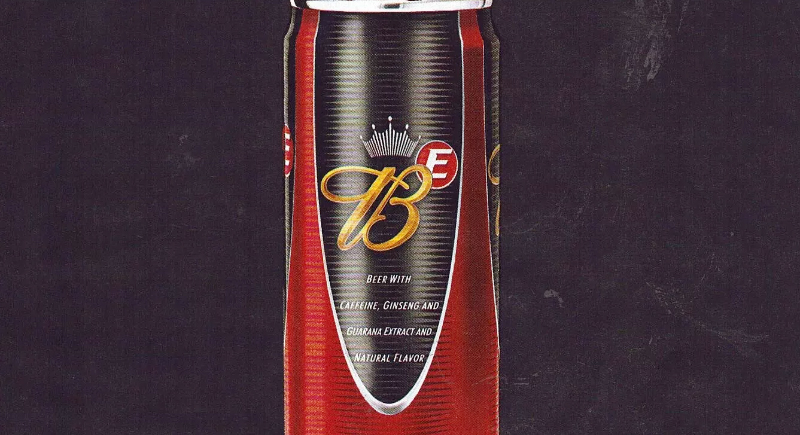
Credit: ebay
Budweiser took a swing at energy beer with Bud Extra, nicknamed B to the E, in 2005. Infused with caffeine, guarana, and ginseng, it had 54 milligrams of caffeine per can and a mild beer base.
Moonshot ‘69
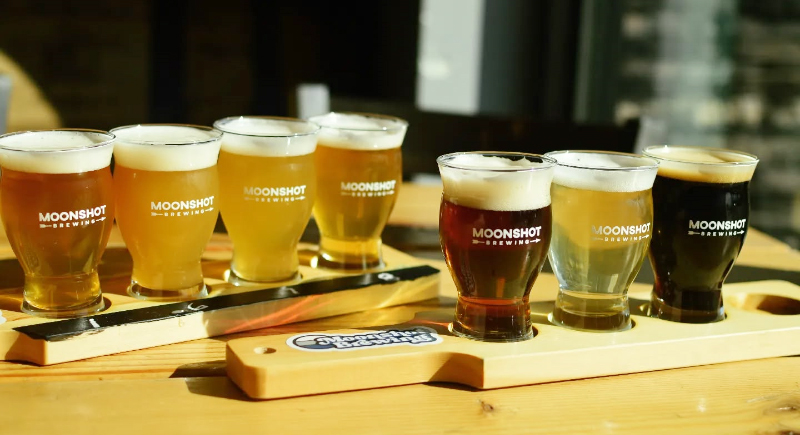
Credit: Instagram
Boston’s New Century Brewing released Moonshot ‘69 in 2006 with a name that matched its caffeine content: 69 milligrams per 12-ounce bottle. It was a light beer with a buzz, created by Rhonda Kallman, co-founder of Boston Beer Company. Despite a relaunch in 2009, FDA regulations hit hard, and Kallman shut down the brewery. Today, she runs Boston Harbor Distillery instead.
Spykes
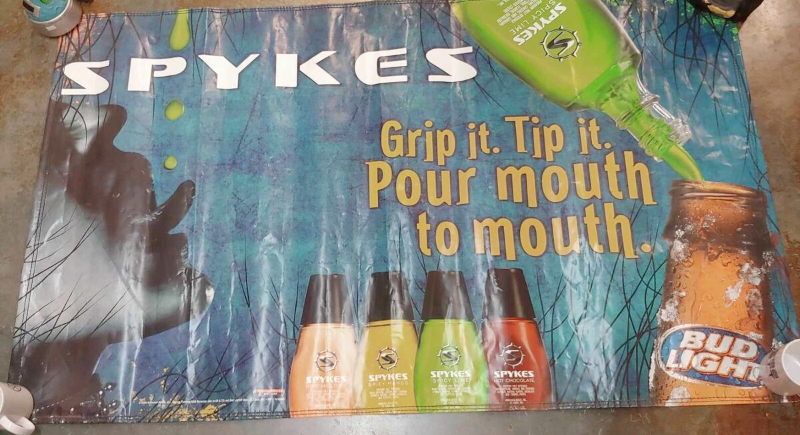
Credit: ebay
Government pressure mounted, and A-B pulled the plug on Spykes in 2007. These tiny 2-ounce bottles were Anheuser-Busch’s attempt at edgy mixers in 2005. Spykes came in Hot Melons, Spicy Mango, and other curious flavors, each with 12% ABV and a dash of caffeine.
Max Vibe
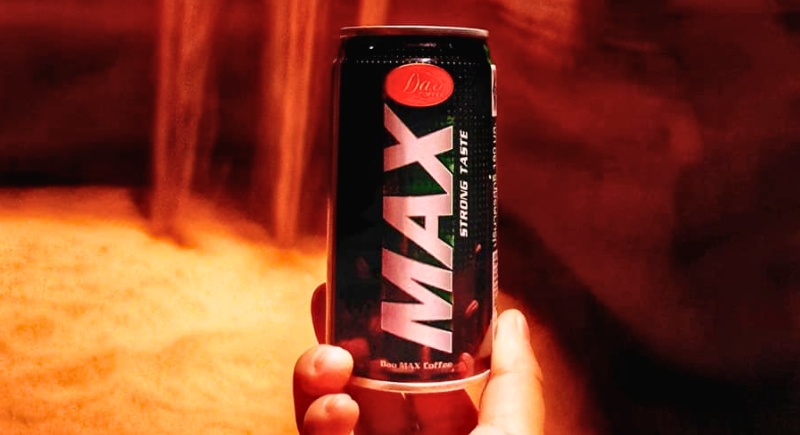
Credit: Facebook
Another caffeinated option from United Brands, Max Vibe followed Joose’s formula: high alcohol, wild flavors, and oversized cans. It never quite broke into the mainstream, overshadowed by its sibling brand. Still, it shared Joose’s fate in 2010 when regulators cracked down.
3Sum
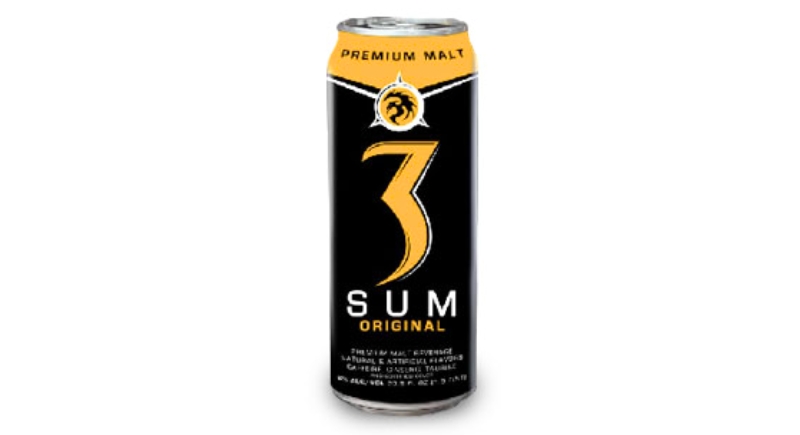
Credit: energysip
3Sum was another United Brands release. It joined the caffeinated alcopop crowd in the mid-2000s. Though less known than Joose or Four Loko, it packed a punch and plenty of buzz. It didn’t survive the FDA’s 2010 move to ban caffeine in alcoholic drinks.
Core High Gravity
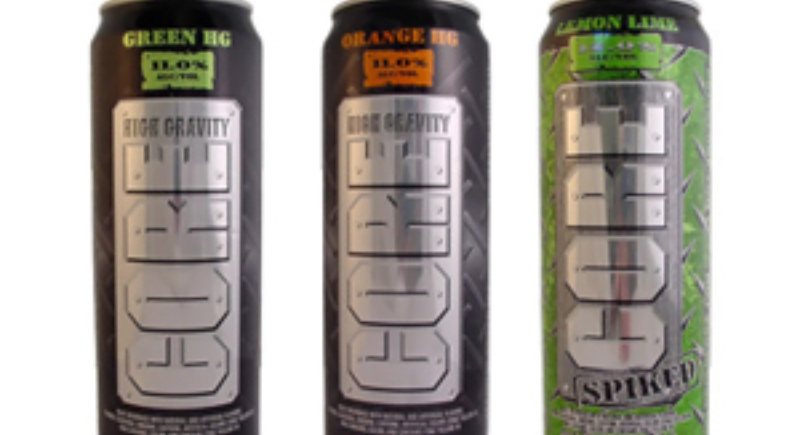
Credit: FDA
Regulators flagged it during the 2010 crackdown, and Charge Beverages was forced to decaffeinate or disappear. The brand never really recovered. The brand introduced Core High Gravity to the market with a bold 11% ABV and an even bolder name.
Vault Red Blitz
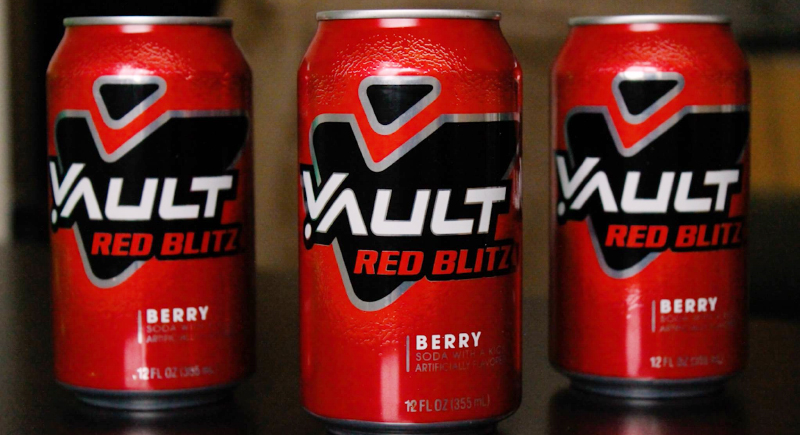
Credit: Facebook
This hybrid soda from Coca-Cola wasn’t technically alcoholic, but many added their own twist. Vault’s tagline, “Drinks like a soda, kicks like an energy drink,” lent itself to being mixed with vodka or rum. While the drink itself was pulled in 2011, it earned a cult following among DIY party drinkers who turned it into their own caffeinated cocktail base.
180 Energy Drink

Credit: Facebook
Released by Anheuser-Busch in 2001, 180 Energy Drink wasn’t alcoholic, but it’s still part of the story. It marked A-B’s first foray into energy drinks, and it laid the groundwork for future drinks like Bud Extra and Tilt. The orange-citrus flavor wasn’t enough to save it though because by 2008, A-B backed out of the energy drink market entirely.
Crunk!!!

Credit: Ebay
Crunk!!! hit shelves in the mid-2000s, backed by rapper Lil Jon and packed with herbs like ginseng and skullcap. While most remember the bright cans as non-alcoholic energy drinks, there was also an alcoholic version sold in select U.S. regions. It didn’t blow up nationwide, but it became popular in Southern clubs and hip-hop circles.
24/7 by McKenzie River
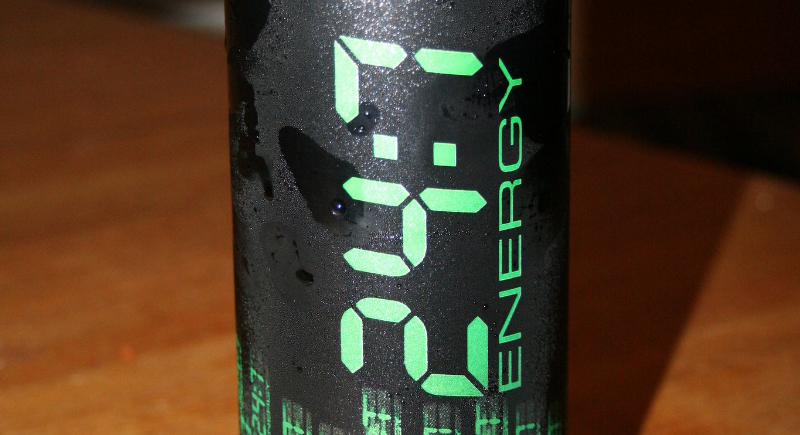
Credit: flickr
From the same company behind Sparks, 24/7 was McKenzie River Corporation’s second entry into caffeinated alcohol. It featured 10% ABV and came in fruit-forward flavors like Apple and Grape. The brand that was released in 2006 didn’t get much shelf life but followed the exact playbook of the era: malt base, caffeine, flashy can design. It vanished after the 2010 FDA action, like most of its competitors.
Stacker 2 Pimp Juice with Alcohol
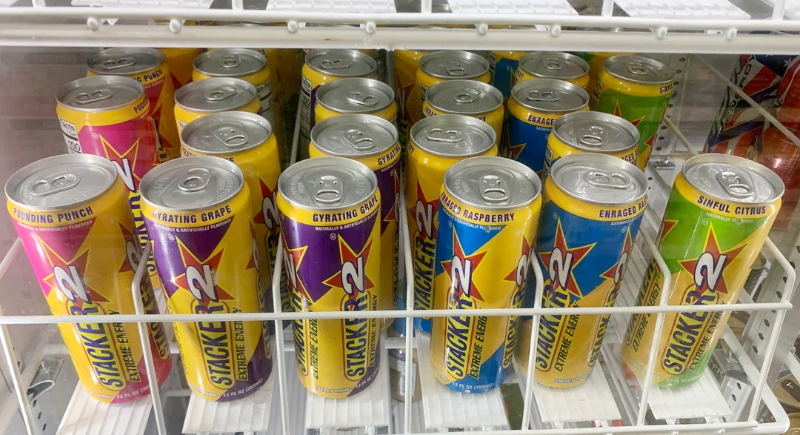
Credit: Reddit
Stacker 2’s energy brand partnered with rapper Nelly in the 2000s to launch Pimp Juice. It didn’t last long, but it perfectly captured the mid-2000s fusion of branding, hip-hop, and energy culture. While the non-alcoholic version was widely available, a lesser-known boozy version was distributed in some markets. It combined taurine, caffeine, and alcohol in a 16-ounce can aimed at clubs and convenience stores.